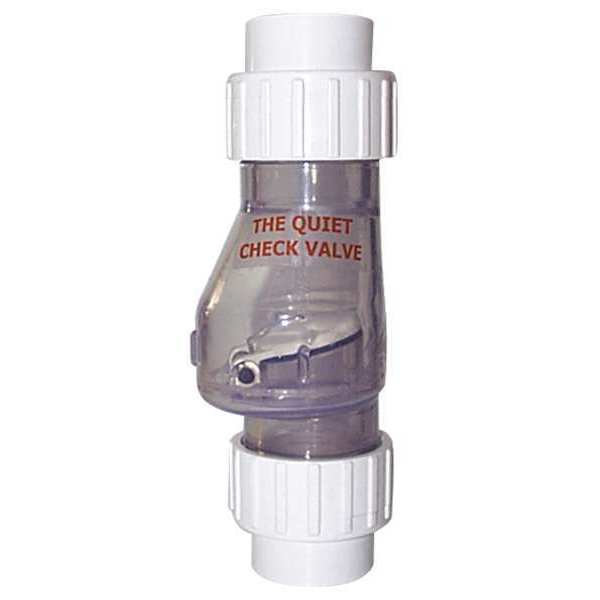I am in the process of running 2" drain 20' in length from my laundry room to a dry well (soak pit made of fabric, gravel). The drain will receive ONLY softener waste, heat pump water heater condensate and water heater pressure relief with the lines simply strapped to the wall and funneled into the drain. Questions:
Do I need to install a vent or tie into an existing one with this set-up? ..or can i live without it. Obviously it drains fine right now but I don't have the terminated end of the drain buried in gravel yet. I am wondering if that would change once I fill the dry well with gravel and cover with dirt.
Do I need a p-trap?
If the only purpose is to prevent sewer gas, I don't believe I will have any due to the type of water and the frequency of drainage.
Only other benefit I can see is to keep pests from crawling up the drain pipe and into the building. If I am correct in my thinking that I don't need a p-trap, is there an alternative way to keep insects from crawling up through the pipe?
Softener regens 1x per 7 days
Water heater trickles five gallons 1x per two-three weeks
Do I need to install a vent or tie into an existing one with this set-up? ..or can i live without it. Obviously it drains fine right now but I don't have the terminated end of the drain buried in gravel yet. I am wondering if that would change once I fill the dry well with gravel and cover with dirt.
Do I need a p-trap?
If the only purpose is to prevent sewer gas, I don't believe I will have any due to the type of water and the frequency of drainage.
Only other benefit I can see is to keep pests from crawling up the drain pipe and into the building. If I am correct in my thinking that I don't need a p-trap, is there an alternative way to keep insects from crawling up through the pipe?
Softener regens 1x per 7 days
Water heater trickles five gallons 1x per two-three weeks








